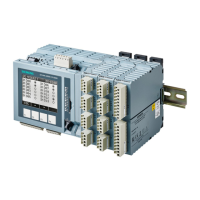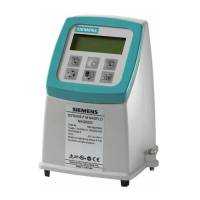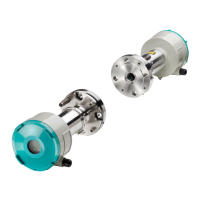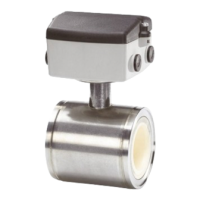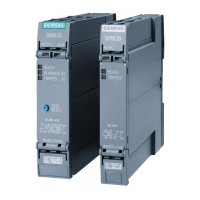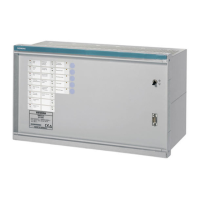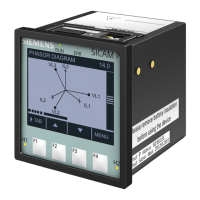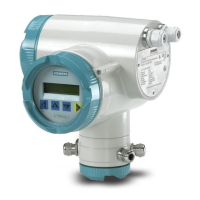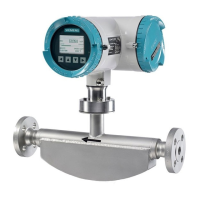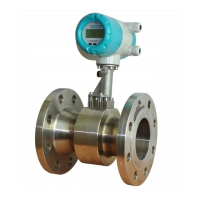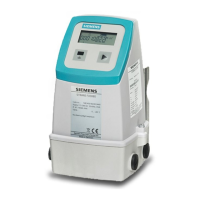Interference gas H
2
equivalent values with 10% inference gas
SO
2
-1.47%
Synthetic air 0.40%
H
2
O (3%) 0.38%
If you are using accompanying gas concentrations ≠ 10%, you can use the corresponding
multiples of the respective table value as a good approximation. This procedure applies
depending on the type of gas for an accompanying gas concentration range up to approx.
25%.
The thermal conductivity of most gas mixtures has a non-linear response. Even ambiguous
results can occur in specic concentration ranges, e.g. with H
2
in He mixtures.
In addition to the zero oset, the accompanying gas also aect the characteristic curve. For
most gases, however, the eect on the characteristic curve is negligible.
More information on correction of cross-interference is available in the following operating
manuals:
• Operating with the Local User Interface Table A-2 References1-Operating ManualsLUI
(Page179)
• Operation with SIMATIC PDM Table A-3 References2-Operating ManualsPDM (Page179)
See also
References (Page179)
9.6 Checking gas paths for leaks
9.6.1 General information on leaks
The analyzers may only be used if all the required gas inlet and outlet lines have been connected
prior to startup and tested with an overpressure for leaks and tightness.
The device operator is responsible for the required gas inlet and outlet lines.
Checking for leaks
1. Perform a leak test with air or nitrogen (test gas) at the operating temperature.
2. Determine the leak rate in accordance with the pressure drop method. To do this monitor the
pressure of the gas (air or nitrogen) enclosed in the gas line for a dened period. The size of
the pressure drop is a measure of the tightness of the gas line.
For the exact procedure, refer to the sections:
• OXYMAT 7 (Page137)
• ULTRAMAT 7 (Page138)
• CALOMAT 7 (Page139)
Commissioning
9.6Checking gas paths for leaks
Wall-mounted device
Operating Instructions, 07/2023, A5E31930403-AB 133
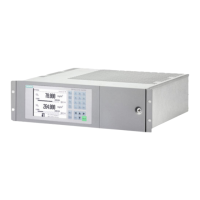
